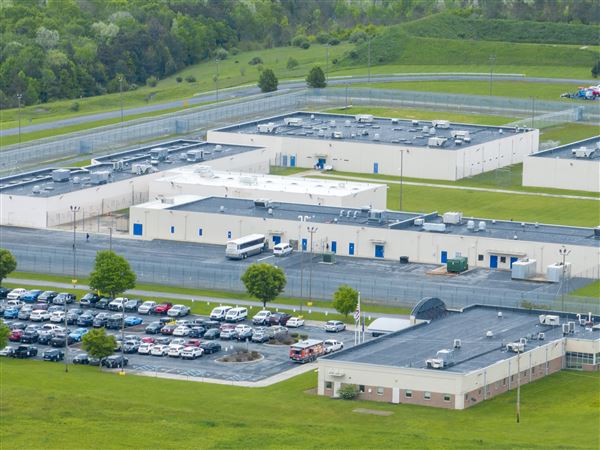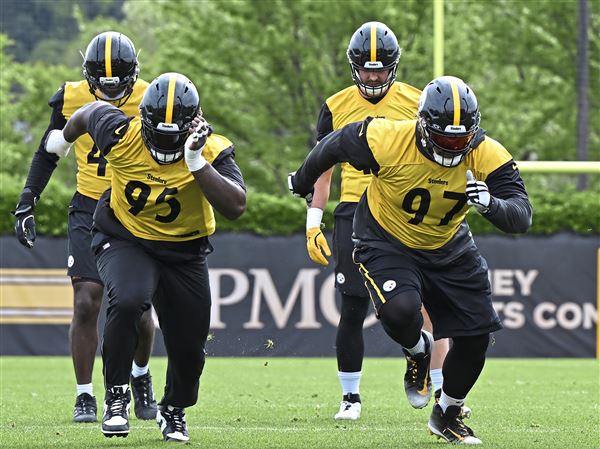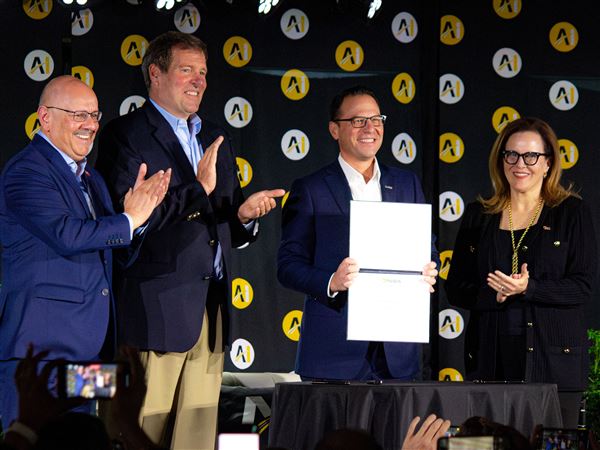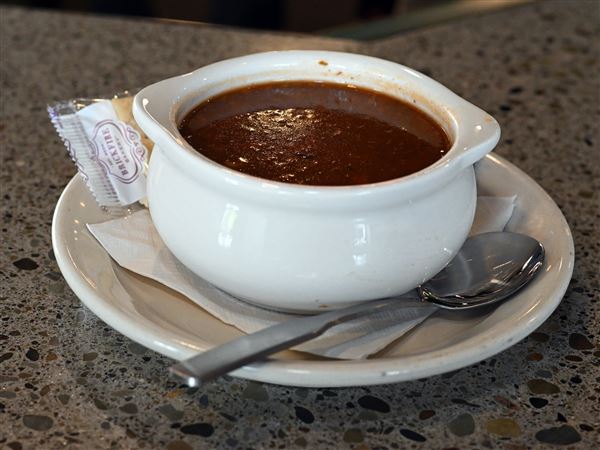KABUL, Afghanistan -- For all the fighting that lies ahead over the next several days, no one doubts that the U.S. and Afghan troops swarming into the Taliban redoubt of Marja will ultimately clear it of insurgents.
And that is when the real test will begin.
For much of the past eight years, U.S. and NATO forces have mounted other large military operations to clear towns and cities of Taliban insurgents. And then, almost invariably, they have cleared out, never leaving behind enough soldiers or police officers to hold the place on their own.
And so, almost always, the Taliban returned -- and, after a time, so did the U.S. and NATO troops, to clear the place all over again. "Mowing the grass," the soldiers and Marines derisively call it.
This time, in Marja, the largest Taliban stronghold, U.S. and Afghan time commanders say they will do something they have never done before: Bring in an Afghan government and police force behind them. U.S. and British troops will stay on to support them. "We've got a government in a box, ready to roll in," said Gen. Stanley McChrystal, the top U.S. commander here.
Indeed, Marja is intended to serve as a prototype for a new type of military operation, based on the counterinsurgency thinking propounded by Gen. McChrystal in the prelude to President Barack Obama's decision in December to increase the number of U.S. troops here to nearly 100,000.
More than at any time since 2001, U.S. and NATO soldiers will focus less on killing Taliban insurgents than on sparing Afghan civilians and building an Afghan state.
"The population is not the enemy," Brig. Gen. Larry Nicholson, the Marine commander in southern Afghanistan, told a group of troops this week. "The population is the prize; they are why we are going in."
To realize their goals, the Americans and their allies want to capture the area with a minimum amount of violence. U.S. commanders say the attack on Marja is intended to be nothing like the similar size assault on the city of Fallujah, Iraq, in November 2004. In that case, Fallujah, under the control of hundreds of insurgents, was largely destroyed. The Americans killed many guerrillas, but they did not make any friends.
"We don't want Fallujah," Gen. McChrystal said in an interview this week. "Fallujah is not the model."
Sparing civilian life may not be easy, especially in the close-quarters combat that lies ahead. Hundreds of Taliban fighters are believed to be in the area. And the U.S.-led force may yet get bogged down -- by the network of irrigation canals, built by the United States in the 1950s, or by the hundreds of homemade bombs that Taliban fighters have planted in the roads and trails.
The chief worry among both U.S. and Afghan commanders is that if a large number of civilians are killed, the Afghan government -- including its sometimes-erratic President Hamid Karzai -- could withdraw its support.
The Americans are hoping, too, that the largely Afghan composition of the invading force -- about 60 percent of the total -- will give Mr. Karzai's government sufficient cover if anything goes wrong.
But at some point, the operation will end. And when it does, Gen. McChrystal has set goals for U.S. forces and the Afghans that are less dramatic, but far more ambitious, than fighting. For the first time, NATO and Afghan officials have assembled a large team of Afghan administrators and an Afghan governor to move into Marja the moment the shooting stops. More than 1,900 police are standing by.
Setting up a government in this impoverished country is no small task. Across Afghanistan, the Afghan government and its police are reviled for their inefficiency and corruption.
"We want to show people that we can deliver police and services and development," said Lt. Gen. Mohammed Karimi, the Afghan army's deputy chief of staff. "We want to convince the Afghans that the government is for them."
At a broader level, the attack on Marja is the first move in an ambitious effort to break the Taliban in their heartland. Over the next several months, U.S. forces are hoping to secure a 200-mile-long horseshoe-shaped string of cities that runs along the Helmand River, through Kandahar and then on to the Pakistani border.
The ribbon holds 85 percent of the population of Kandahar and Helmand Provinces, the Taliban's base of support. In the next several months, the Americans and Afghans are planning to pour thousands of troops into that area.
"We are trying to take away any hope of victory," Gen. McChrystal said. That would set the stage for a political settlement that Gen. McChrystal believes is the only way the war will end.
The risks in the strategy are obvious enough. Eight years after being expelled from Kabul, the Taliban are fighting more vigorously, and operating in more places, than at any point since the U.S.-led war began here in 2001. The Taliban have "shadow governors" in every province but Kabul itself. Twice the number of U.S. soldiers were killed last year as the year before.
And there is some chance, even after the offensive, that the insurgents will simply flee to another part of the country. They have done it before; many of the fighters now inside Marja once operated in other Helmand towns.
Finally, there is only so much the Americans and their NATO partners can do. The rest is up to the Afghans themselves. Despite years of work, the Afghan army cannot sustain itself in the field, the police are loathed in nearly every place they work, and the Karzai government has only a few serious worldwide rivals in corruption and graft.
First Published: February 13, 2010, 5:00 a.m.














